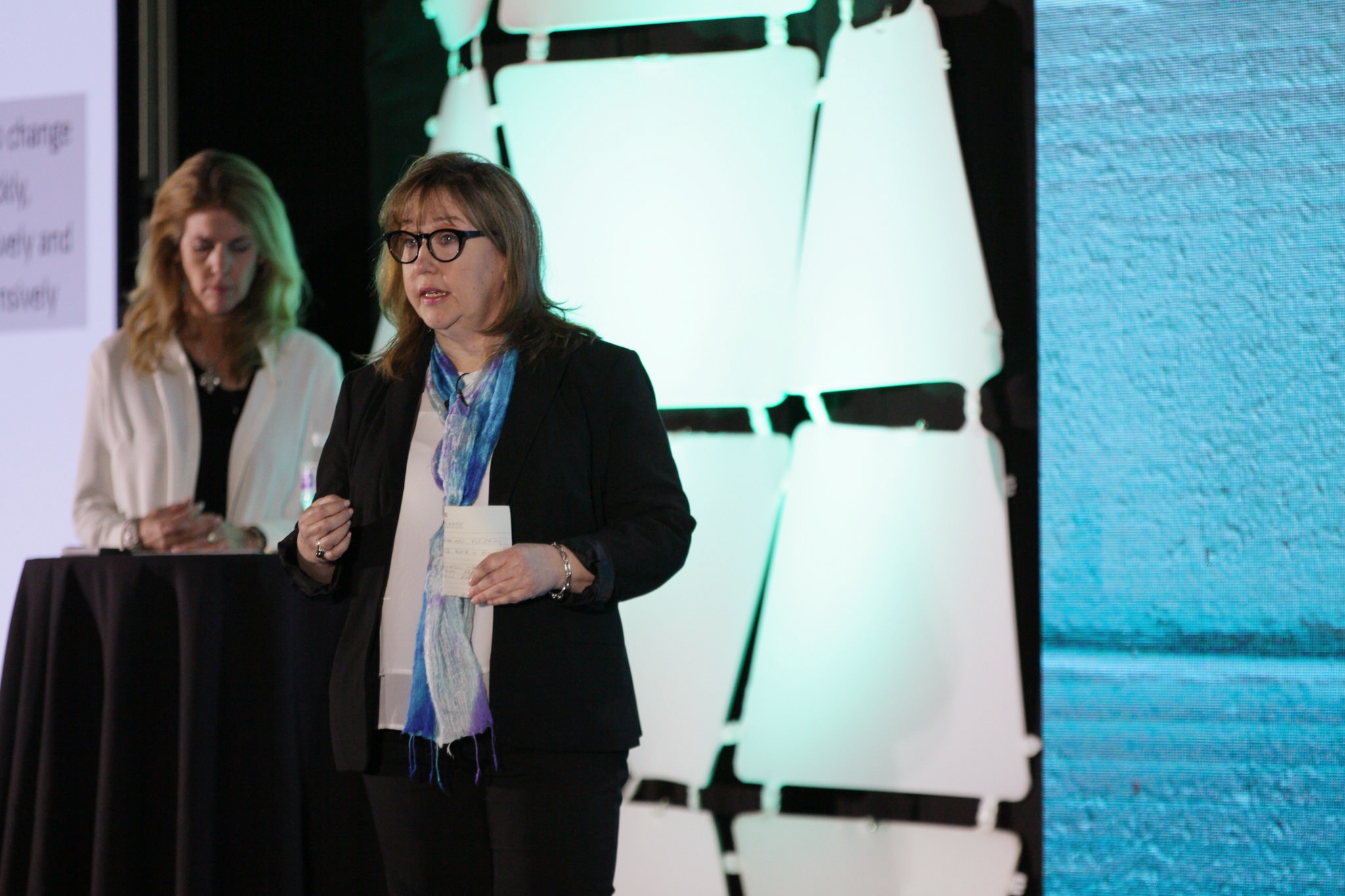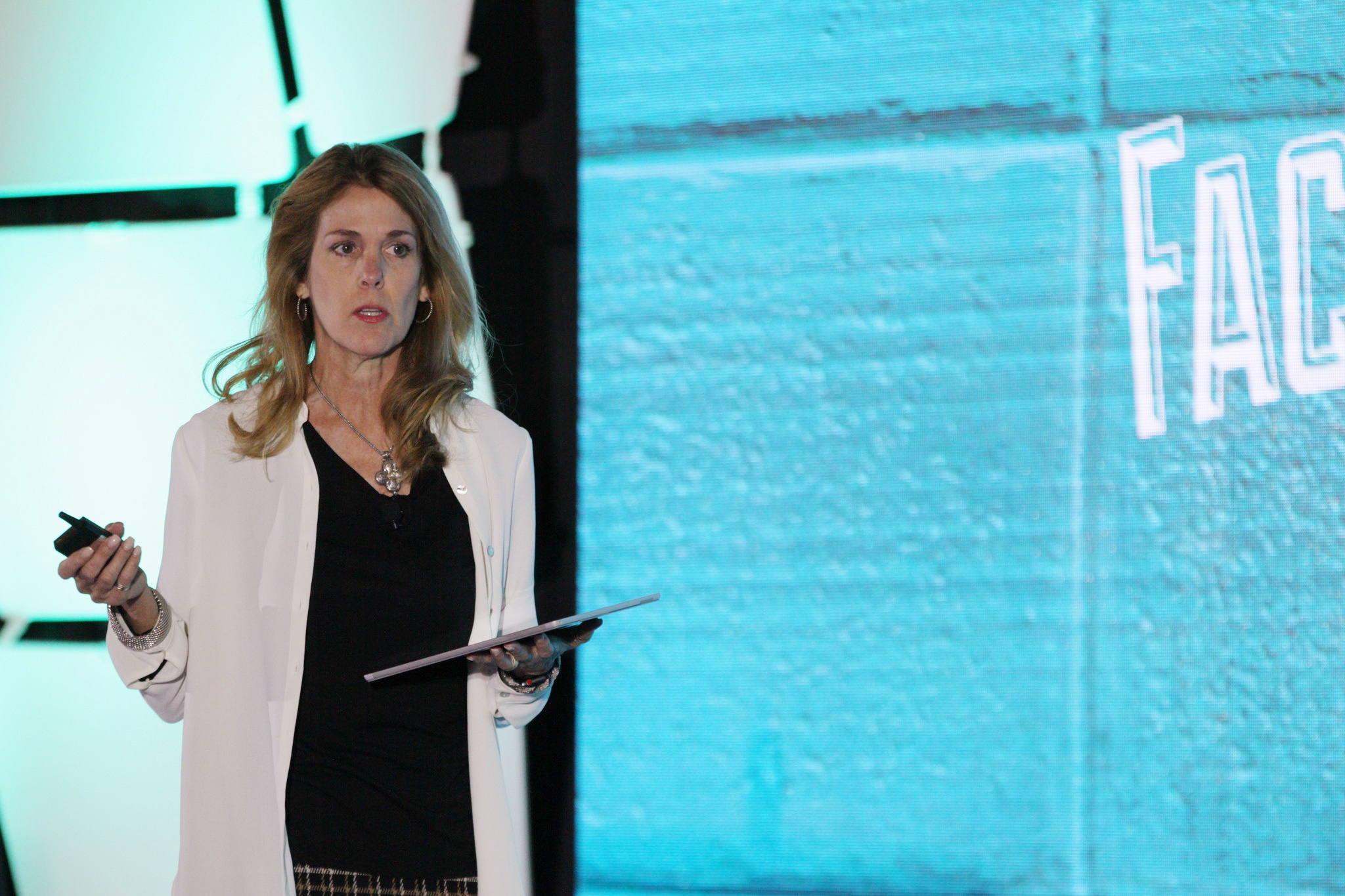When you think of master planning for educational facilities, you think of updates to campus buildings, goals, and strategies. But what about the process of master planning itself? Is it time that the process of master planning got its own reboot?
According to the team at Tarrant County College, the answer is a resounding yes. Nina Petty, TCC’s Vice Chancellor for Real Estate and Facilities, and Margaret Lutton, TCC’s Executive Director of Academic Facilities Planning, came together to give a joint presentation on how their new approach to master planning has made their work more successful than ever.
The Starting Point
At the beginning of TCC’s master planning revamp, the Fort Worth college boasted about 100,000 students, distributed over 6 campuses and 5 satellite locations. Their facilities consisted of over 130 buildings total.
The college wanted to make the most of its new Capital Improvement Program, aiming to enhance the way the school served its students and the community. But in order to do that, the facilities team knew that they’d have to shift from traditional master planning to a more engaged approach.
New Focus: Collaboration & Understanding
Petty described TCC’s new way of master planning by first highlighting what old features they’ve done away with:
- No longer about traditional land-use planning and zoning
- Not merely a book of projects to put on the shelf
- No more one-off, siloed meetings and interviews
- No more student and faculty disengagement
She stressed the last point especially, emphasizing the importance of facilities teams collaborating with faculty and students. Petty pressed that facilities leaders should stop seeing themselves as only the service providers. Everyone must be on an equal playing field, working together to generate a firm understanding of what’s needed to create the most effective learning environments.
This is where TCC put in tremendous effort. They consulted with their faculty throughout the planning process and made sure that they conversed in a way that resonated with them. By touching on data relevant to the faculty, such as enrollment rates and student success figures, Petty’s team was able to connect with them. Another great contributor to engagement was the team’s effort to identify the faculty’s biggest challenges in teaching.
Petty introduced Lutton as her “secret weapon” in the creation of their new master planning method, which they called their “Visioning Initiative”. Lutton, who has an architecture degree and taught in the classroom, discussed how TCC held multiple charrettes with all the campuses, talking to faculty and staff about their needs and what would make their classrooms better.
These charrettes paid off well: the faculty said they felt like their voices were really heard. For the first time, they felt like they were a part of the planning process, that it wasn’t just the facilities division doing work in the background.
“This is their vision, not ours. They told us what they want with their campuses, and we just packaged it and we’re behind the scenes making it happen." Nina Petty, TCC Vice Chancellor for Real Estate and Facilities.
Transforming the Process
As is evident by the name, “Visioning Initiative”, TCC’s new master planning method is all about vision. And that vision developed in the colleges’ 3 goals:
- One college
- Student Ready College
- Community Engagement
The new process is designed to break down silos and social structures that inhibit collaboration. It’s intended to create a concrete change in TCC’s culture and make their plans responsive. If needed, the college should be able to change course quickly and inexpensively. Finally, the new method prioritizes sustainability in every aspect - economically, environmentally, and socially.
 Margaret Lutton, TCC’s Executive Director of Academic Facilities Planning.
Margaret Lutton, TCC’s Executive Director of Academic Facilities Planning.
One of the most tangible examples of TCC’s new approach was the learning symposium that they held for their faculty. Lutton reported that it was the best $49,000 the facilities team ever spent.
This symposium gave the faculty a chance to see new learning environments in action and discover how to use them properly. They were able to listen to a distinguished scientist talk about the neuroscience of learning, and even got to hear direct feedback from students about what classroom features help them learn best.
Takeaways
As Petty wrapped up the presentation, she reminded us that facilities teams should be adding value wherever they can. We must help faculty accomplish their goals, and we can do this by partnering with them, having real conversations about how we can support them in the classroom and turning their vision into reality.
For more on innovation in campus facilities, join us at the Higher Ed Facilities Forum, taking place April 7-9, 2019 in Hollywood, FL.

Posted by
Join us at HEFF!
An interactive retreat for facilities leaders at the nation's top colleges and universities.
Nov 8-10, 2026 | San Antonio, TX
Learn More









Comments